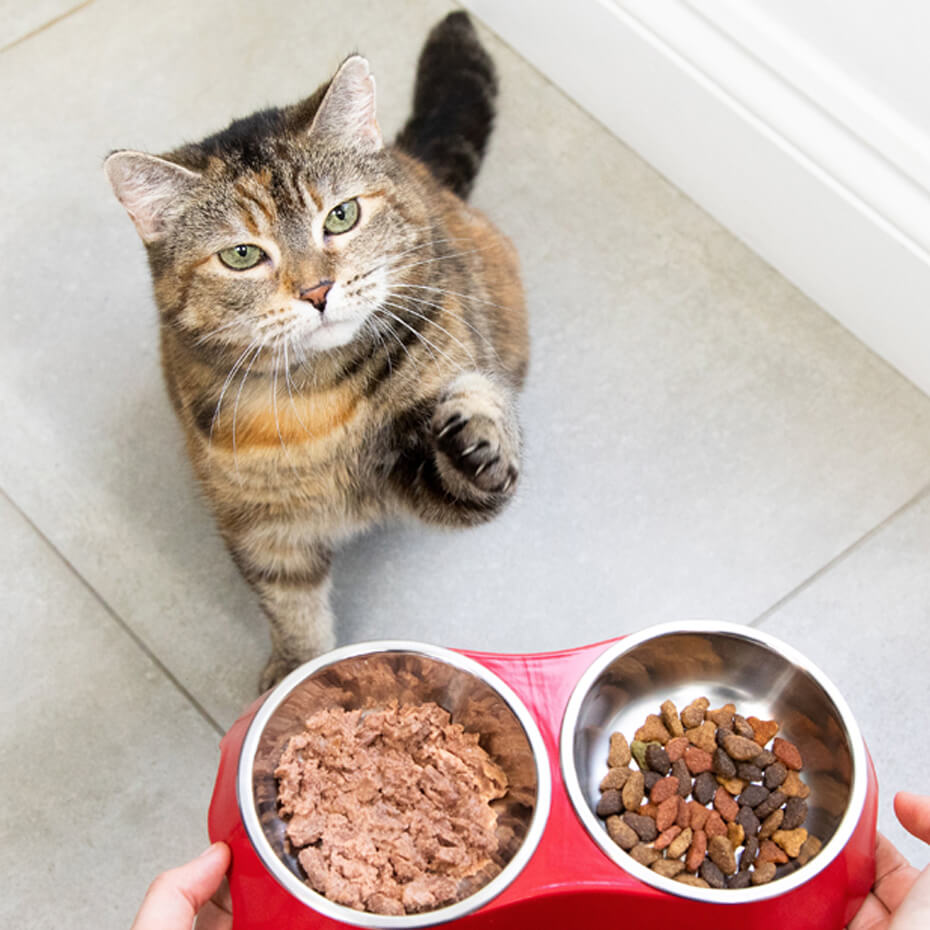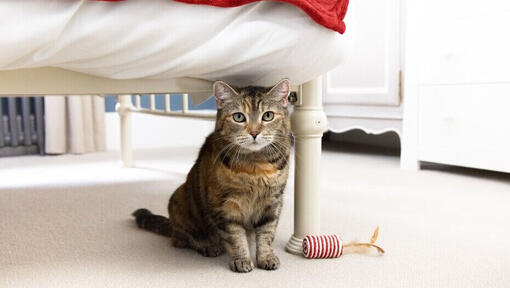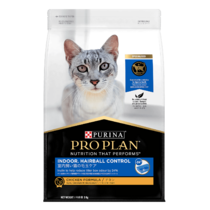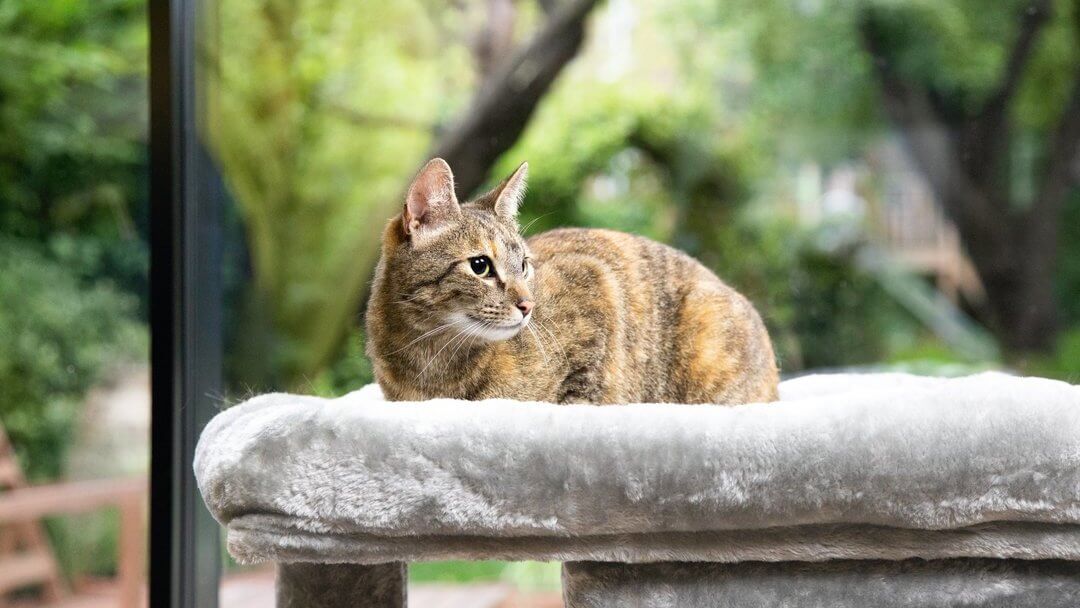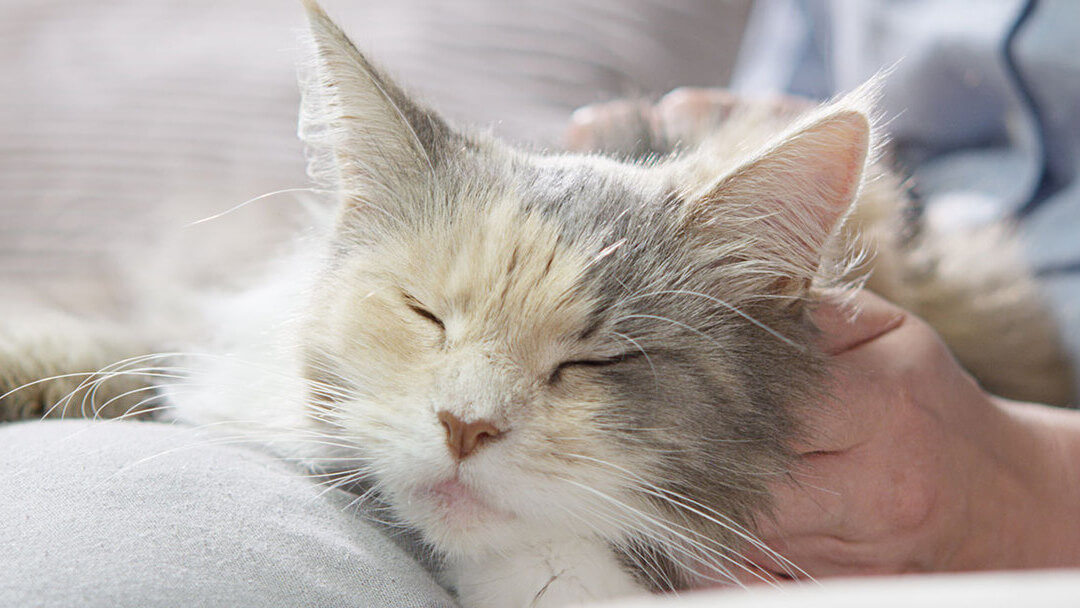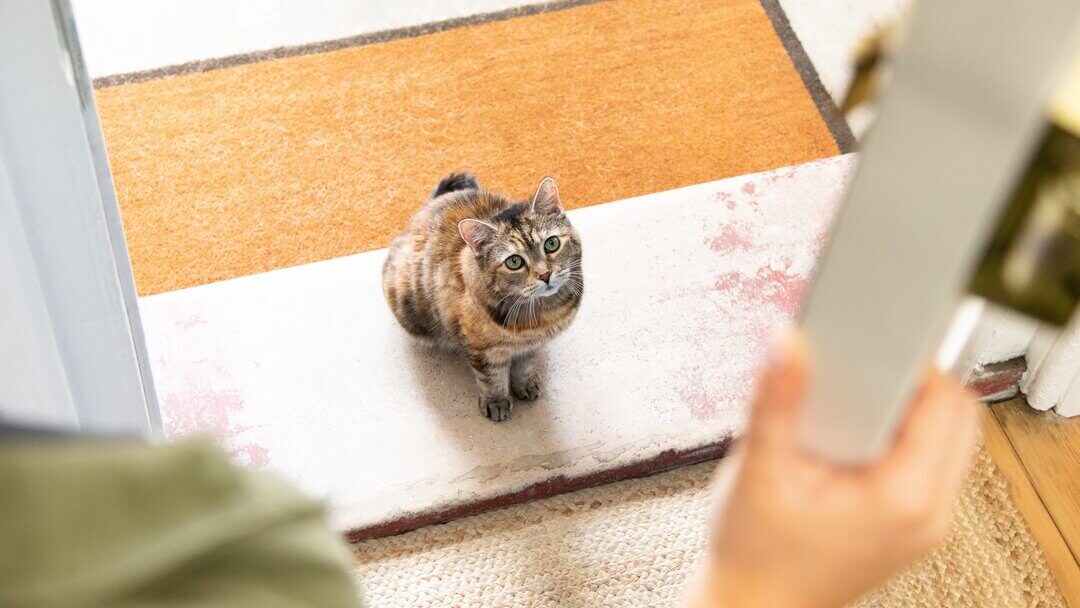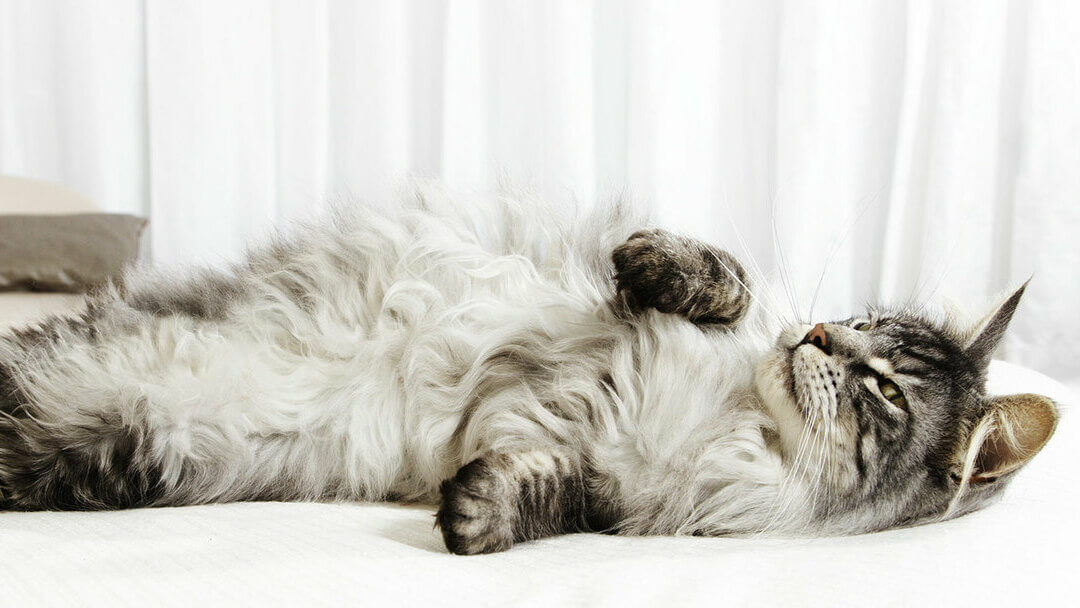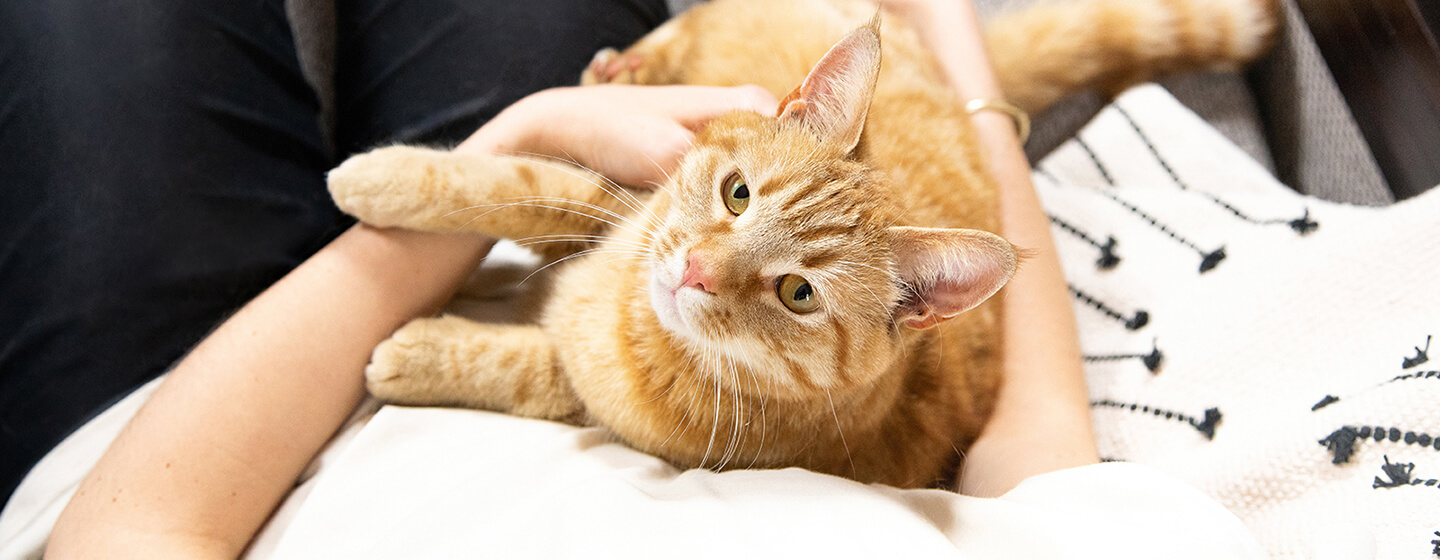
Complications are rare in cat pregnancies, but can occasionally happen. To help your cat bring bundles of fur into the world with ease, the Purina PetCare team share their advice on how to spot warning signs early on.
It’s so exciting when your cat is expecting, and as a loving pet owner we understand that you might worry and want to give extra tender loving care to your pet at this time. Luckily as cats are usually more than capable of looking after themselves, you shouldn’t have anything to be concerned about.
Several symptoms could signal a problem with your cat’s pregnancy. If you notice any of these, contact your vet immediately:
- She loses interest in her food. A drop in appetite can occur just prior to delivery, but she should be bright and well in every other way throughout her term.
- She is visibly distressed, agitated, crying more than usual, or is noticeably licking her vulval area without producing any kittens.
- You see any abnormal, bad-smelling vaginal discharge or bleeding at any point in her pregnancy or labour.
- She goes to the toilet more often, passes blood or squats without producing pee. These could signal a uterine infection, which could potentially affect her kittens if left untreated.
"Knowing how you can help during your cat’s pregnancy and labour is really important. Purina offers expect advice for pet owners so they can help their pets through this time."
Warning signs for cat labour problems
As you cat goes into labour, she will become more agitated before she lies down to give birth. You should check on her regularly throughout labour, but don’t feel the need to stay with her at all times. You should only need to interfere and contact your vet if:
- There are no kittens 3-4 hours after the start of labour. See Labour and Giving birth.
- She has been having strong contractions for more than an hour without producing a kitten. You should be able to see this by tension in the abdominal area.
- The kittens are not all delivered within 24 hours of labour starting (if you do not know how many kittens she is carrying, she may need to be checked by the vet).
- There are not enough placentas delivered for the number of kittens born - this may indicate retained placentas.
- You can see a kitten at her vulva but despite straining she fails to give birth.
Although it can be sad for you, it’s quite common that some kittens might not make it, and it shouldn’t upset mum. If one or more of the kittens do pass away during birth, you don’t have to contact your vet.
Warning signs post-birth
Congratulations – your cat is a mum! She should recover quickly and soon settle into motherhood. However, keep an eye out for the following signs and contact your vet if:
After a few hours
- Mum is trembling, restless or agitated - this may suggest a low calcium level (eclampsia).
- Mum is still straining after all the kittens have been born.
After a few weeks
- You notice any ‘fading’ kittens. This is when the kittens become weak, don’t gain weight, don’t feed well or seem very quiet. This can happen at any time after birth and into their first few weeks of life.
After a few days
- Mum is unwell, off her food, vomiting or has a temperature. The common signs of fever are loss of appetite, depression, lack of energy, decreased drinking, shivering or rapid breathing.
- You notice that her discharge is smelly or contains fresh blood (blackish/reddish discharge is normal for a few weeks after the birth).
- Mum’s mammary glands become red, firm or are obviously painful.
- Any discharge from mum’s nipples is smelly, brown or bloody.

